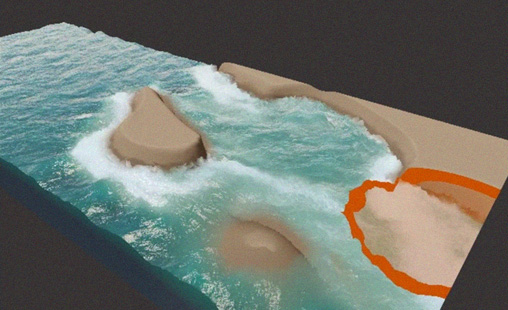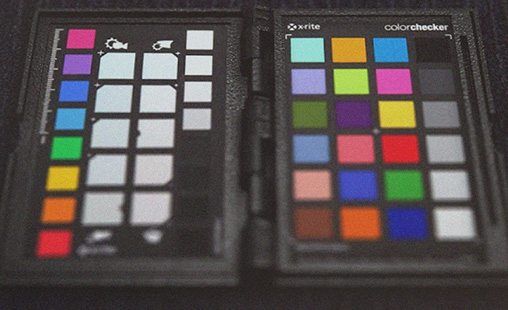March 3, 2019
Arriving at Unity with very little Unity knowledge, one thing I wanted to learn more about early on was the Scriptable Render Pipeline (SRP). As an exercise, I extended Scrawk's Unity Bruneton Sky port with a Skybox shader and some new lighting capabilities.


I've always been interested in water in games. I played From Dust a lot when it came out and it fascinated me. More rencetly I was also very impressed with the mud and water system of Spintires MudRunner and Uncharted 4. So I decided to try and implement a small water system to better understand the different challenges real time water represented.

This is a quick blog to share the progress we made lately with Physical Cameras in Stingray. Our goal of implementing a solid physically based pipeline has always been split in three phases. First we validated our standard material. We then added physical lights. And now we are wrapping it up with a physical camera.

The following is a small gathering of notes and findings that we made throughout the implementation of hiz tracing in screen space for ssr in Stingray. I recently heard a few claims regarding hiz tracing which motivated me to share some notes on the topic. Note that I also wrote about how we reproject reflections in a previous entry which might be of interest. Also note that I've included all the code at the bottom of the blog.

Early on we were quite set on building a small controlled "light room" similar to what the Fox Engine team presented at GDC as a validation process. But while this seemed like a fantastic way to confirm the entire pipeline is giving plausible results, it felt like identifying the source of discontinuities when comparing photographs vs renders might involve a lot of guess work. So we decided to delay the validation process through a controlled light room and started thinking about comparing our results with a high quality offline renderer.

While playing Horizon Zreo Dawn I got inspired by the lens flare they supported and decided to look into implementing some basic ones in Stingray. There were four types of flare I was particularly interested in.

Screen space reflections are such a pain. When combined with taa they are even harder to manage. Raytracing against a jittered depth/normal g-buffer can easily cause reflection rays to have widely different intersection points from frame to frame. When using neighborhood clamping, it can become difficult to handle the flickering caused by too much clipping especially for surfaces that have normal maps with high frequency patterns in them.

There has been a lot of progress made recently with volumetric clouds in games. The folks from Reset have posted a great article regarding their custom dynamic clouds solution, Egor Yusov published Real-time Rendering of Physics-Based Clouds using Precomputed Scattering in GPU Pro 6, last year Andrew Schneider presented Real-time Volumetric Cloudscapes of Horizon: Zero Dawn, and just last week Sébastien Hillaire presented Physically Based Sky, Atmosphere and Cloud Rendering in Frostbite. Inspired by all this latest progress we decided to implement a Stingray plugin to get a feel for the challenge that is real time clouds rendering.

We've recently re-visited our AO solution with the goal of improving its performance on consoles. We currently use the Scalable Ambient Obscurance algorithm presented by Morgan McGuire. Out target was to bring down the cost of the entire effect to something between 1-1.5ms on Xbox One. To achieve this it was clear that we needed to reduce the number of taps we were taking for each AO sample. An important part of this work went towards improving the efficiency of the temporal reprojection of our AO buffer. I thought I'd share a few observations we've made along the way.

A closed form solution for a simple point light in an isotropic homogeneous volume. The solution for the integral is described in this awesome paper by Vincent Pegoraro.

An OpenGL/GLSL implementation of the famous paper by Jerry Tessendorf (Simulating Ocean Water). This implementation uses CUDA's cuCUFFT library to perform the Fourier transforms.

A simple GLSL Depth of Field shader which supports Bokeh artifacts.

Back projection algorithm for soft shadows of area lights by Gaël Guennebaud.












